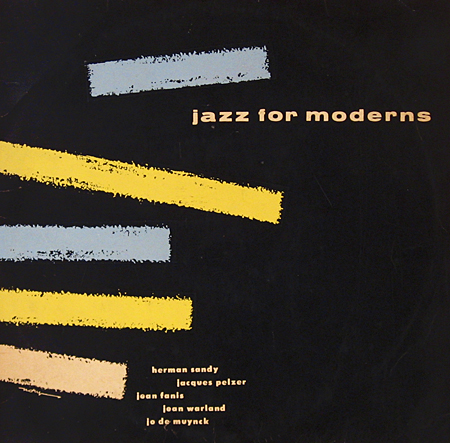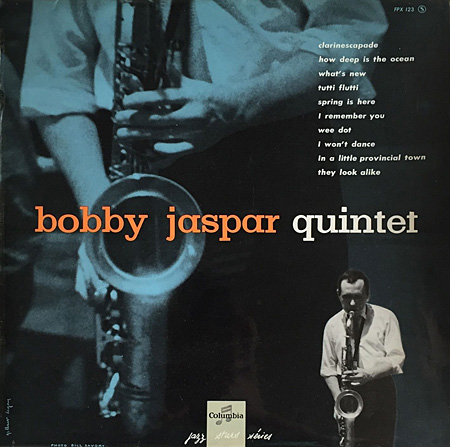In 1950's America, the uprise of Be-Bop Jazz was in it's growing state; it was selling very fast among the creatives and it was all supported by the modernist sleeves. People hadn't seen much like this before, never mind for the cover of a jazz record. Previously records were on at 78rpm and came in plain packaging, so the mixture of high quality photography, free-from jazz and modernist design made these records the 'must have' items for many people.
 |
| An original 78rpm Jazz Record in it's sleeve |
This wasn't just a trend that was prevalent in Modernist America, this trend went on to influence designers around the world. It's argued that the rise of the American Modernism design sign grew from the studying of the early European Bauhaus works; but even so the trend caught on and quickly Europe caught back onto the ground that it helped establish.
This all helped the 33rpm jazz records hold infamy in popularity and design modernity; but as a contrast I'd like to look at what happened when the mp3 hit the modern music markets—to contrast whether the record sleeve is still relevant or whether (like in the past) the rise of a new popular format and packaging pushed the previously popular into the hands of enthusiasts and out of the mass market.


No comments:
Post a Comment